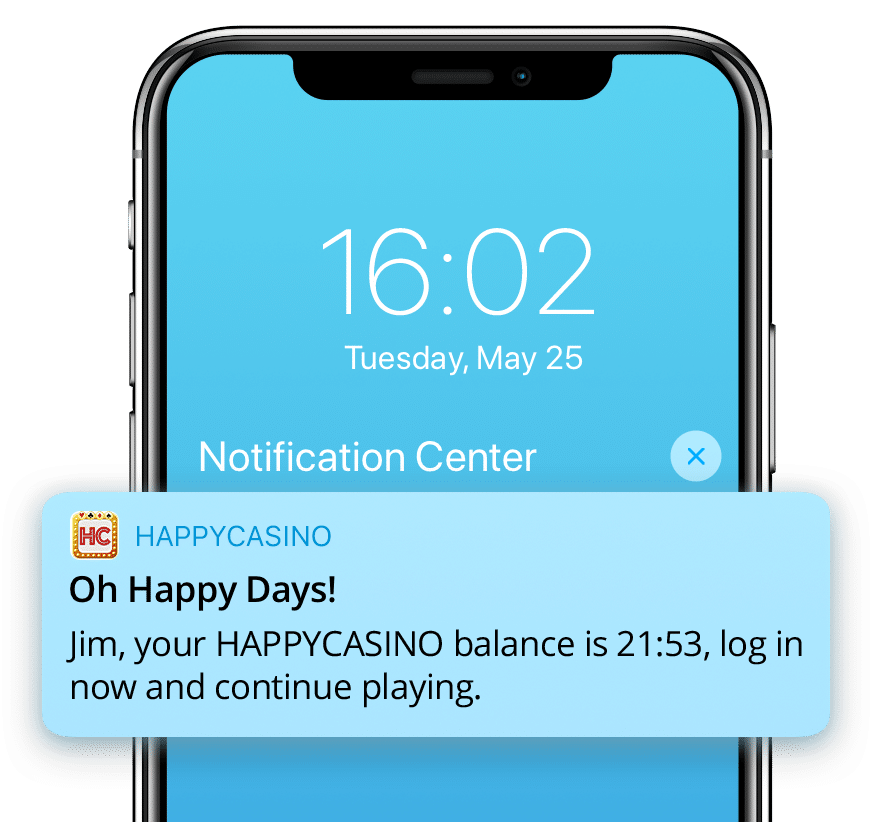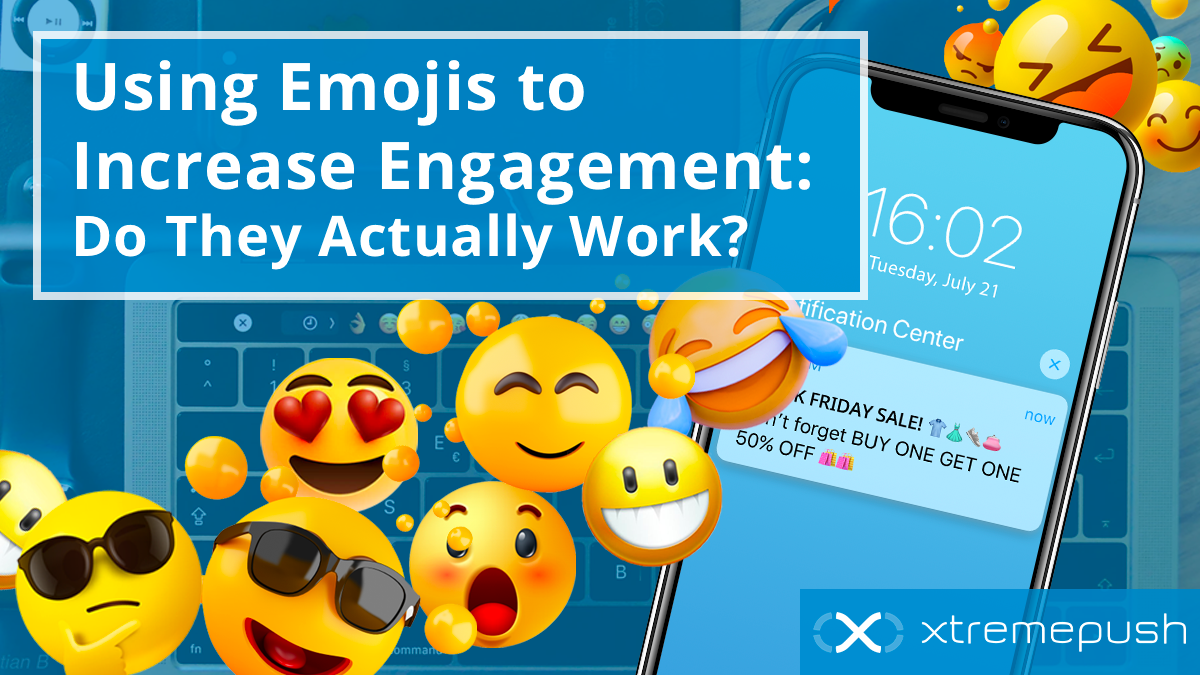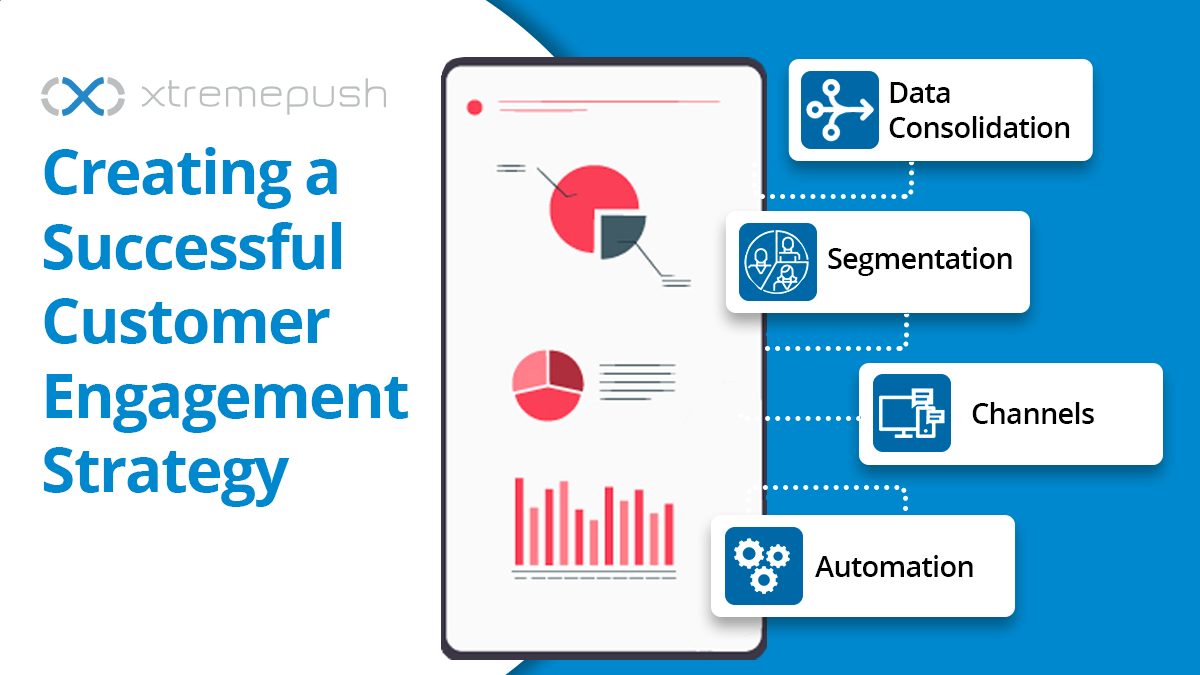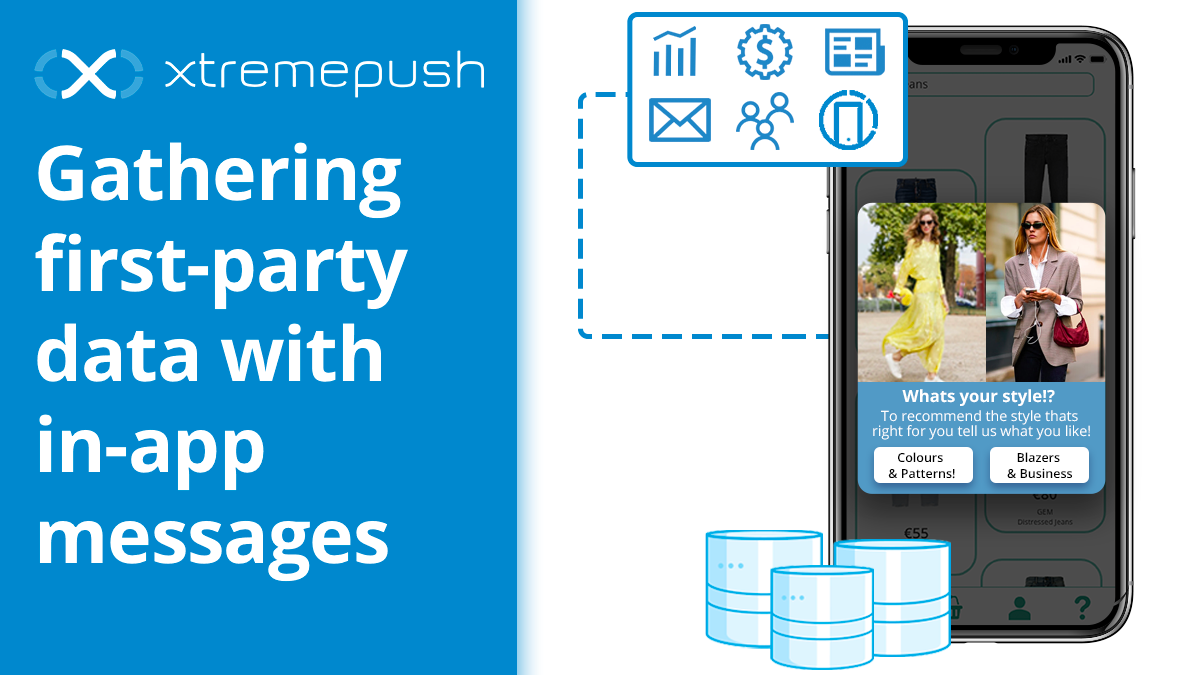How to measure mobile app engagement and retention
How should you be measuring the success of your app engagement and retention strategy? Fundamentally, there are 4 key metrics that matter; number of active users, average number of sessions per user, average session length, and retention rate.
Number of Active Users
Do you know your MAUs from your DAUs? That’s Monthly Active Users and Daily Active Users. Without needing to over-explain these figures, essentially we’re talking about how many individuals, on average, are opening your app each day and per month.
The number of Active Users is the bedrock metric for any brand’s app, indicating an app that’s providing value to the people who use it and is predictive of its long-term success.
Why is your volume of AUs more important than the number of downloads? Obviously, driving downloads is essential but if these new users aren’t actually opening the app on a regular basis, then eventually your churn rate will outpace your acquisitions.
So measuring the number of AUs is your core way of assessing how many meaningful users of your app you really have.
Number of sessions per user
How often does each user actually open the app each month? Now, depending on what your app actually does, success could be once or twice a week, or you might be aiming for daily or near-daily use.
A relatively high number of sessions per user is a very strong indication that your app is useful, and maybe even viewed as essential by the people who have downloaded it.
Your app’s revenue model, if you charge a one-off fee or operate on a subscription basis, will likely play a factor in how much weight you place on this particular metric. You may not care how many people who buy it actually use it, or how often.
However, if you’re reliant on them renewing their subscription, or you’re reliant on advertising revenue, then it’s a big deal.
If you’re in the sports betting industry or retail, then the more frequently your users open the app then naturally they are more likely to spend money with you and not your competitors.
Average session length
How much time does the average user actually spend in the app each time they open it?
For a lot of publishers, or for any app developer that displays ads, session length is crucial. The longer each user spends in-app, the more ads they will see and the greater the odds are that they’ll click on one.
Whilst they are some exceptions, for example you may in fact want to users to spend as little time as possible in-app by reducing the time it takes them to complete their goal (book a ticket, place a bet and so on), in general the longer the average session lasts the more engaged your users are.
Retention rate
What is your net gain (or loss) of users each month? You may be acquiring new users at an impressive rate, but if you’re losing just as many (or more) then clearly something isn’t right.
To calculate your retention rate from one period to another divide the number of users you have at the end of the period (typically the end of the month) by the number you had at the beginning, and multiply that number by 100.
So, if you have 500,000 MAUs now and you had 480,000 MAUs at the start of the month your retention rate is 104%.
(500,000 ÷ 480,000) x 100 = 104
Now, the number of MAUs may not be the right metric to base your retention rate on. In some cases, it may be more appropriate to chart the increase or decrease in the number of sessions as a more insightful measure of your progress.
Note: Sometimes churn rate is preferred over retention rate. Churn rate is a measurement of how many customers you lost in a given time period compared to your total number of customers.
So, let’s say you have 500,000 customers right, having gained 20,000 new users. However, over the course of the last month you actually lost 50,000 users. Your churn rate would therefore be 15.8%.
Retention rate is typically a much cleaner, and clearer, way of assessing your app’s success especially if usage is your primary concern. Churn rate is most beneficial to brands operating on a subscription model, who need a more detailed picture of expected revenue month to month.
How to improve the key mobile app engagement and retention metrics
We’ve put together a selection of use cases that we’ve rolled out for hundreds of our clients across different verticals.
In terms of the specific metrics they will help you improve, it’s worth noting that in most cases they actually double-up (or even triple-up).
For example, if you increase the number of MAUs then naturally you’re improving your retention rate. And likewise, if you increase the average session length, by making the in-app experience more worthwhile, then it’s reasonable to expect that the number of sessions will also increase (as users come back more often for that great experience).
Remember, when it comes to engagement and retention, it isn’t about driving new downloads of your app, it’s about doing everything you can to ensure that those people who already have it downloaded are actually opening it regularly and getting the intended benefit from it.
Automated onboarding journeys
We know from our experience working with app developers across every vertical that if a new user doesn’t have at least a couple of meaningful sessions within their first week following download, then there is a high statistical likelihood that they never will stop using it, and eventually delete it.
So one of the first things we recommend to new clients is that they implement an onboarding campaign that includes both outbound (push notifications) and inbound (in-app messages and the app inbox) channels.
Mobile app push notifications allow you to proactively engage with new users and encourage them to begin sessions early in the lifecycle. In terms of the content of these messages, it does depend on what the purpose of your app is but in general, it should reflect the reason the user downloaded it in the first place, and provide compelling motivation to get started.
In the sports betting and gaming industry, these early campaigns might be aimed at encouraging a new user to complete the KYC process and finalise their account.

For eCommerce brands, you may want to focus on your best-selling products or a new line, and it can be smart to incentivize these early sessions with a discount or something like free shipping.
The primary goal of these journeys isn’t just to deliver a “one and done” sale though, it’s about developing positive behaviour in the user, where they are regularly opening the app throughout the month.
That’s why the in-app and app inbox channels are hugely helpful. They are used to deliver real-time, and even persistent, content to your users. If it makes sense for your app, we recommend combining these channels to deliver an interactive onboarding experience that highlights the core features and functionality of your app.
Static and Dynamic Personalisation
No matter where your users are in the life cycle, whether they’ve just downloaded it or are long-term fans, personalisation of your content and messaging will increase their usage and enjoyment of the app.
Static personalisation refers to the use of customer data that doesn’t change (or changes very rarely). So that’s often something like their name or the city they live in, which can be injected into the actual copy of the message.
Or it may be a campaign that’s personalised in terms of audience segmentation, i.e. a promotion that’s only going out to users who have expressed an interest in booking a holiday in Greece, or to customers who frequently buy a particular product.
With so much focus on ethical data collection (and rightly so) it’s important that you are upfront about the information you’re gathering and how you intend to use it. One of the lesser-known benefits of the in-app messaging channel is the ability to use it to acquire data and create profile attributes.
So, for example, you could ask each customer what they want to hear more about from you, or even what their goals are for using the app. There’s no end to possibilities, and once you have this information you can develop an appropriate strategy for engaging with each customer.
That’s what real personalisation looks like in action.
Using in-app messages in this way is something that we cover in detail on a short webinar which you can watch via the link below.
Dynamic personalisation then is when a constantly changing piece of information like lifetime spend, last item bought, or current number of loyalty points, and so on, is used to add hyper-relevance to a campaign.
If you’re interested, we recommend our blog on dynamic content, which covers the topic in a marketer-friendly way!

About Xtremepush
Xtremepush is the world’s leading customer engagement, personalisation and data platform. Recognised by Gartner in both the 2019 and 2020 Magic Quadrant for Mobile Marketing Platforms, Xtremepush empowers app developers to boost engagement and retain users for longer with real-time, relevant and multi-channel communication.













